Menus
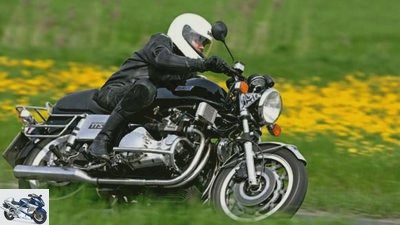
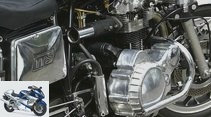
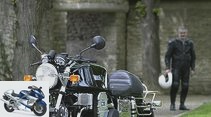

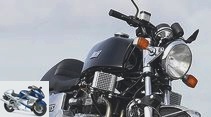
31 photos
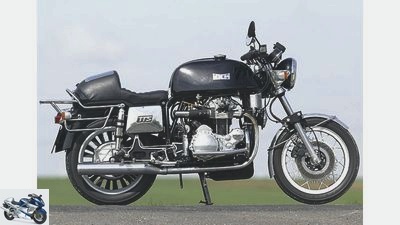
1/31
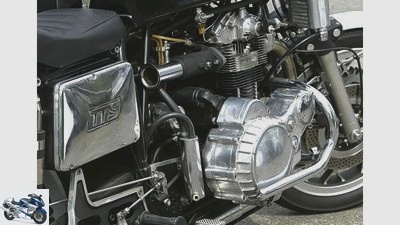
2/31
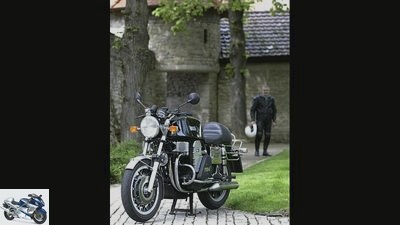
3/31
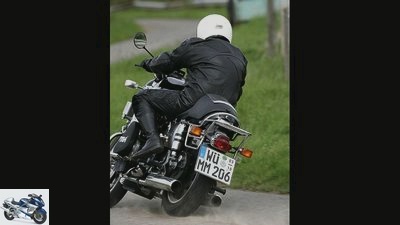
4/31
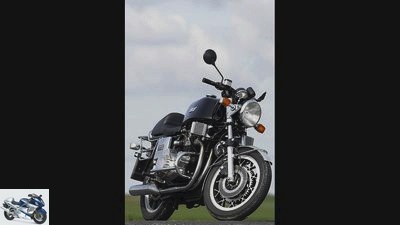
5/31
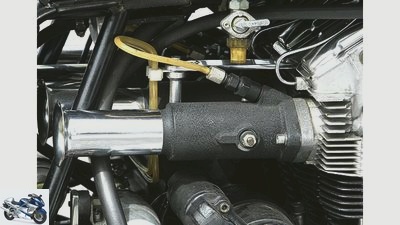
6/31
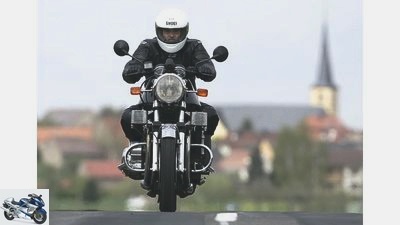
7/31
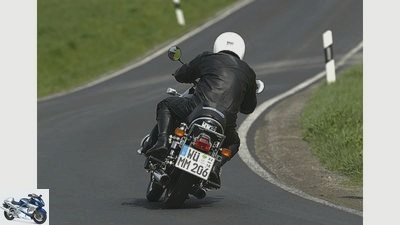
8/31

9/31
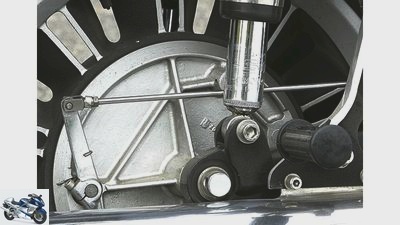
10/31

11/31
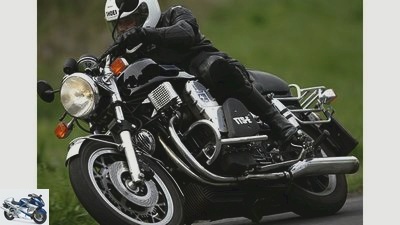
12/31
If ever a machine was considered a real men’s motorcycle, it was the Munch-4 TTs-E 1200. In its day, the mighty four-cylinder bike from Hessen broke all weight and performance limits. Here are some pictures of this epoch-making bike…
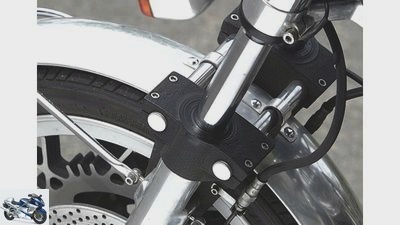
13/31
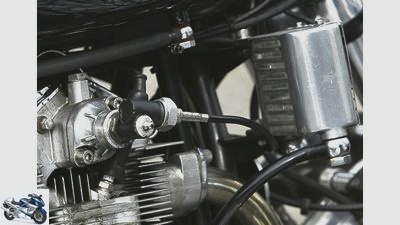
14/31
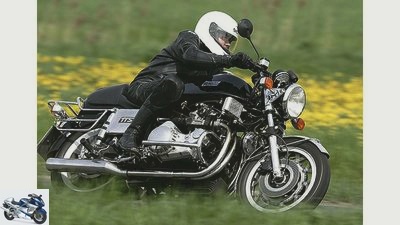
15/31
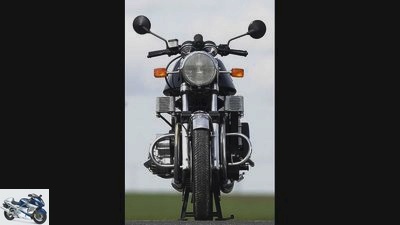
16/31
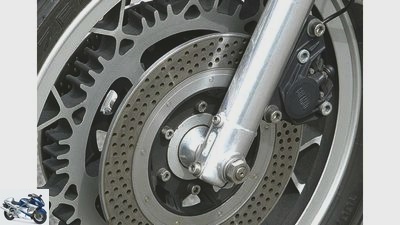
17/31

18/31
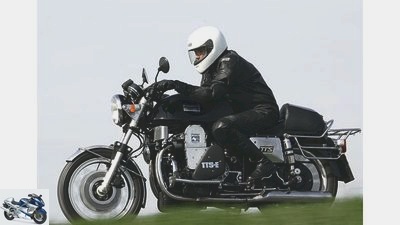
19/31

20/31

21/31
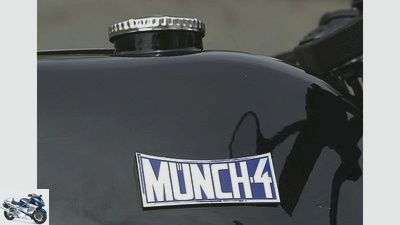
22/31
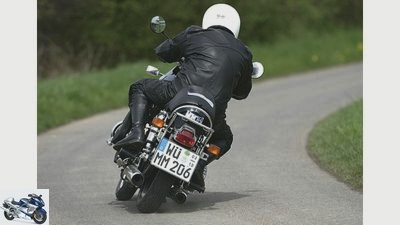
23/31
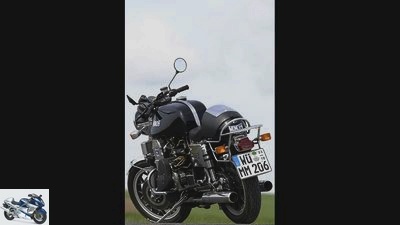
24/31
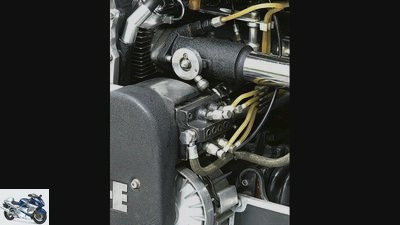
25/31
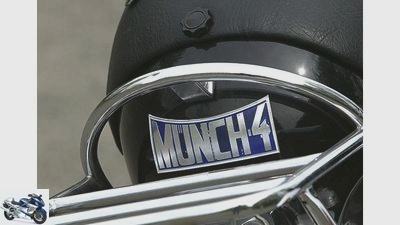
26/31

27/31
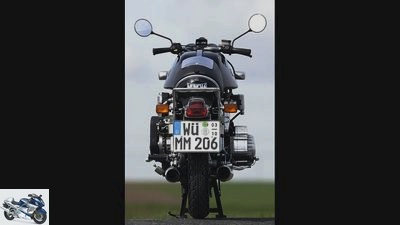
28/31
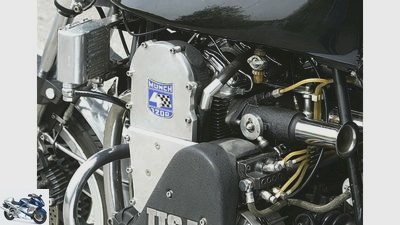
29/31
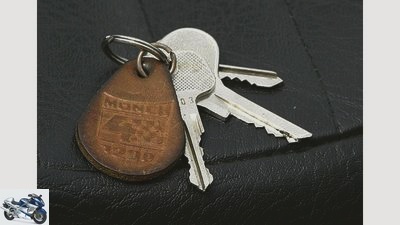
30/31
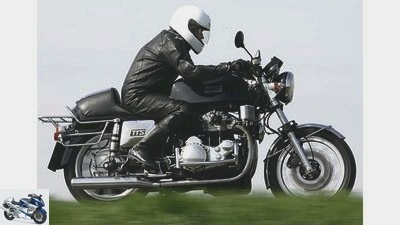
31/31
Final: Munch-4 TTS-E 1200
Intermot-Countdown 6 – Munch-4 TTS-E 1200
If ever a machine was considered a real men’s motorcycle, it was the Munch. In its day, the mighty four-cylinder bike from Hessen broke all weight and performance limits.
It was a bang. When the Munch-4 came onto the market in 1966, it was by far the most powerful motorcycle on the market. Even the Honda CB 750, released in 1969, couldn’t hold a candle to it in terms of performance. Then an arms race between the Japanese manufacturers emerged, and at practically the same time as the Z1 from Kawasaki was released, the ingenious designer and inventor Friedel presented M.At the turn of the year 1972/1973 the TTS-E.
Buy complete article
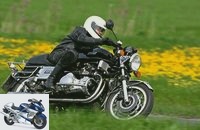
Final: Munch-4 TTS-E 1200
Intermot-Countdown 6 – Munch-4 TTS-E 1200
Even then, Munch integrated the driver into the machine in an exemplary manner.
And how does the over-motorcycle ride from back then? With respect and considerable effort, she wants to be balanced by the main stand. When balancing, the driver not only feels the weight, but also the high center of gravity, which is not only due to the two double cylinders made of gray cast iron, but also to the more than 37-liter tank located above everything. The rider sits amazingly low in the motorcycle. The voluminous tank arches in front of it, and behind it the equally huge hump supports the very bottom. Due to the low seat height, even smaller pilots can easily put their feet on the ground. And suddenly the Munch loses its clumsiness and with it its horror. The legs are bent in a sporty way, the feet are placed far back on the relatively high rests. To cling to the narrow handlebars, stretch your upper body flat over the long tank.
Some preparations are necessary for the start-up procedure. The two petrol taps on the right and left under the tank want to be turned, a separate toggle switch for the ignition current on "One" and the ignition key in the right side cover must be turned to the first detent position to start. Then the fuel pump acoustically signals that it is ready to start, and after pressing the choke and pressing the starter button, the NSU four-cylinder spontaneously comes to life. With a sonorous grumbling, the engine runs warm and after a short time also runs smoothly. When engaging the clutch, one remembers the stressed, albeit already reinforced, clutch from Oertlinghaus and tries to convert the process into propulsion as quickly as possible with light plucking. Once the Munch has set itself in motion, it amazes the driver with its surprising handiness for such a weighty motorcycle. The extremely narrow tires for today’s conditions also work wonders for this heavyweight. In addition, the motorcycle proves to be surprisingly stable.
Large, long tank, large clutch, narrow handlebars and, for 100 HP, much, much narrower rear tires.
On the engine side, the intake noise from the four open air funnels dominates. Sonorous humming in the lower partial load range swells to a dull, pressed rumble at hurricane strength at higher engine speeds and fully opened throttle valves. Below 2000 rpm the engine jerks unwillingly on the chain under load and sets the fork legs in pronounced longitudinal vibrations, as if it were already visually signaling the desire for higher speeds. In this way, however, the injector shows its potential: With increasing engine speed, it increases completely evenly and without any loss of power. Its maximum torque of 111 Newton meters is available at 4800 rpm, but it also makes steam above that, which is still impressive today. The Japanese rev counter shows the red area only at 8500 rpm, but we want to spare the engine from this region. The manufacturer allowed the organ donor NSU TT only 7000 rpm.
However, the four-cylinder not only communicates its expressions of life to the driver acoustically, but also mechanically in the handlebars, seat and footrests. Pithy vibrations occur from as little as 3000 rpm, which increase with increasing speed. The four-speed gearbox is amazingly easy to shift, but it requires force to ensure that the gears engage properly. The shift lever is on the left as usual, but the shift pattern is reversed, the first gear is on top, the remaining three on the bottom. The double disc brake in the characteristic, as "Gear rim" The Munch-Guss front wheel designated as it is today is no longer very convincing. Even with a lot of hand strength, the effect of the Brembo two-piston calipers is anything but intoxicating. Friedel Munch’s drum brake probably worked better, as the original duplex brake in the equally typical shovel design of the rear wheel suggests. Even with little foot force, it supports the front counterpart extremely effectively and can also be dosed with feeling. After a day with the TTS-E, the driver can understand the advertising, which not only applies to the four-cylinder "for men who love the exclusive" advertised, but repeatedly propagated it as a men’s machine. The machine does indeed challenge the whole man.
Technical specifications
Open intake stacks offer a splendid rattling sound, the mechanical injection provides the fuel.
Engine:
Four-cylinder four-stroke engine, air-cooled, two valves per cylinder, ohc, bore x stroke 75.0 x 66.6 millimeters, 1177 cm3, 74 kW (100 hp) at 7500 rpm, 111 Nm at 4800 rpm, electric starter.
Landing gear:
Double loop frame made of tubular steel, magnesium rear frame and swing arm, telescopic fork, Monroe air suspension struts, cast wheels, 3.25 V 19 and 4.00 V 18 tires.
Measurements and weight:
Wheelbase 1460 millimeters, tank capacity 37 liters, weight with a full tank over 300 kilograms.
Price 1974:
18593 marks (9506 euros)
Related articles
-
Honda GL 1000 Gold Wing and Munch-4 TTS-E 1200
fact 35 pictures fact 1/35 Honda GL 1000 Gold Wing and Munch-4 TTS-E 1200. fact 2/35 Nevertheless, the Munch is not as impassable as feared. Actually…
-
Honda CB 750 Four, Munch-4 1200 TTS, MV Agusta 750 S.
Jahn 33 pictures Jahn 1/33 There was no more engine: With its transversely installed four-cylinder in-line engine, the Honda CB 750 was a sensation in 1969. Just…
-
BMW R 1200 GS endurance test final balance
Bilski 33 pictures MRD 1/33 The rating table gives an overview of the MOTORRAD endurance test machines of the last few years. 100 points can be a maximum of …
-
Introduced: The Munch-4 TTS 1200 film motorcycle
Sdun Introduced: Munch Mammuth The film motorcycle Munch-4 TTS 1200 Contents of In October the film “Mammuth” with the great French …
-
Gargolov 32 pictures Gargolov 1/32 BMW R 32 and BMW R 1200 GS – BMW boxers then and now. Gargolov 2/32 BMW R 32 and BMW R 1200 GS – BMW boxers once and …
-
Endurance test interim balance of the Yamaha XT 1200 Z Super Tenere
Photo: j.kuenstle.de 20 images 1/20 The Yamaha XT 1200 Z Super Tenere doesn’t care about the goals: whether for camping in the Allgau, in a hotel in northern Germany or for …
-
Endurance test final balance of the Harley-Davidson Sportster XL 1200 CA
Arturo Rivas 34 pictures bilski-fotografie.de 1/34 Endurance test final balance of the Halrey-Davidson XL 1200 CA. Arturo Rivas 2/34 With all your senses: The XL …
-
Endurance test final balance Ducati Multistrada 1200 S
Bilski long-term test Ducati Multistrada 1200 S Final result after 50,000 kilometers We love the Italians and their wonderful accent. And we love …
-
Artistic test BMW K 1200 LT The steam waltz BMW has renovated its monster tourer. More efficient. More safety. Even more luxury. And almost …
-
Top test: Yamaha XT 1200 Z Super Tenere
Bilski 23 pictures Yamaha 1/23 The wheel speed sensors for ABS and traction control receive their signals from radially attached rings. Yamaha …